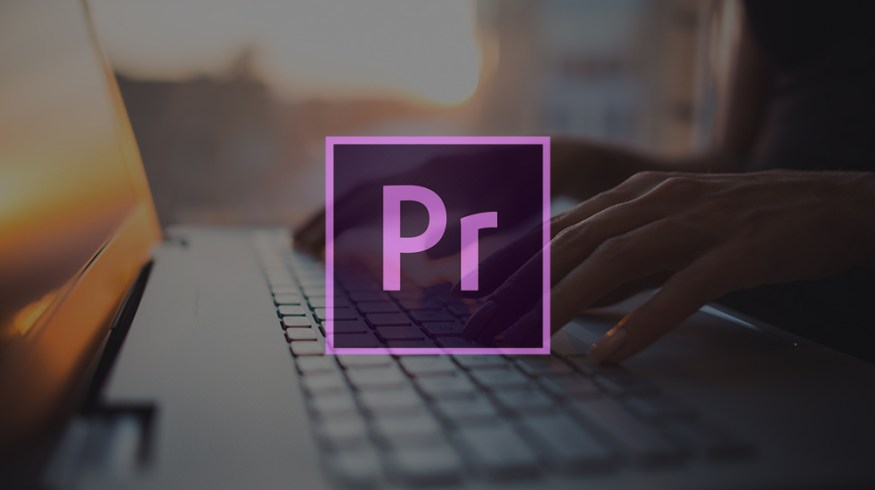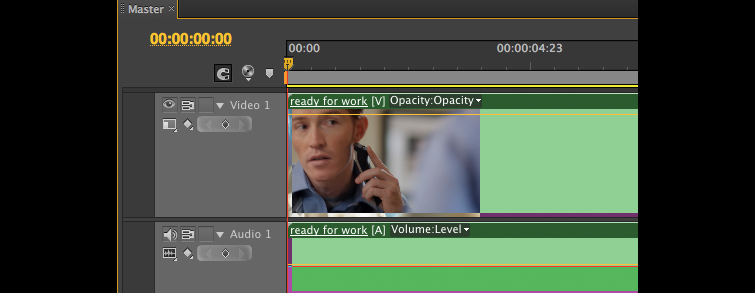
Nesting in Adobe Premiere Pro
Nesting clips in Premiere Pro allows you to use an entire sequence as a clip. When used correctly, nesting clips is a great way to save time and cut down on complexity in your video editing.
A common use of nesting in Premiere Pro is to combine a series of short sequences into one master sequence. This is especially useful if you’re working with a long-format project (multiple acts, for instance) or a project that naturally falls into different sections (perhaps a series of interviews). By doing each section in its own nested sequence, the project may become more manageable.
Nesting is also useful if you’ve created a series of videos that need to be combined for final delivery. For instance, say you’re working on a project that consists of three unique videos. The client may want you to deliver each stand-alone video, as well as one “master video” that plays each back to back. Nesting sequences in Premiere Pro into a master sequence would be very handy for this!
Assembling Sequences Into a Master
In this example, I have three sequences in Premiere Pro. They are:
- Ready for Work
- Office
- After Work
I select the Ready for Work sequence and drop it onto the New Item icon (highlighted below). This creates a new sequence that matches my setting of the first sequence. I rename this duplicate sequence Master.
![]()
Opening up the Master sequence, you’ll see the Ready for Work sequence is green (see below). This is a visual sign to signify that it is currently nested. Now, if you want to make changes to Ready for Work while it is nested in the Master sequence , you simply have to double-click it. It will then open it up in its original Premiere Pro sequence.
Here’s the clip nested in the Master sequence.

And now it’s editable following a simple double-click.

Now we’ll drag the the other two sequences into the Master sequence. As these sequences are now nested, they too will appear as clips in the Master sequence.

Nesting Clips Already in a Sequence
With nesting, you’re not confined to only bringing sequences into sequences. You can also nest a series of clips in a current sequence to break your edit up into smaller chunks and make it more manageable.
To nest clips in your Premiere Pro sequence, first highlight the clips. Then, right-click them and choose Nest. When you do this, these clips are automatically converted into a new sequence.

Rename the sequence in the project to something more descriptive than “Nested Sequence 01.” Double-click to step into the nest and work on those clips.

Nesting is useful if you want to apply an effect to a group of clips. You can drop an effect onto a nested sequence in a Premiere pro timeline. To modify an effect put on a nested sequence, drag the sequence to the source window. Then, in the source window, adjust the effect settings in the Effects Control panel.
Nesting, when used correctly, can be a big timesaver in your post-production workflow. It also helps you stay organized, which, as you know, helps you stay sane.
Word to the wise, however — when done haphazardly (misplacing clips in nested sequences, timing issues, etc.), nesting can quickly become a train wreck. As with any aspect of video editing, it pays to be methodical. If you’re going to nest clips or sequences while video editing, make it work for you!
Remember, whenever you’ve got a question about video editing, the PremiumBeat blog probably has the answer! Be sure to browse our Premiere Pro, Final Cut Pro X, and After Effects archives for new ways to improve your video editing workflow.
Got any Premiere Pro tips to share with the community? Let us know in the comments below!





